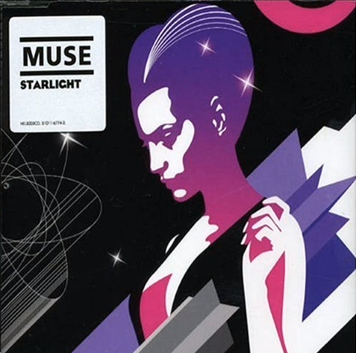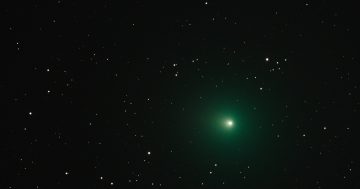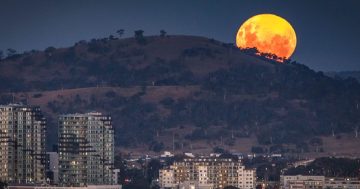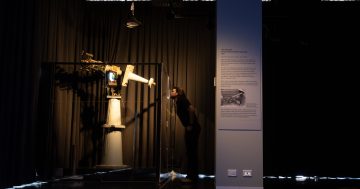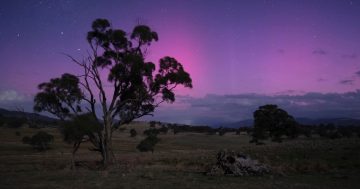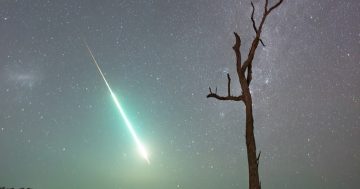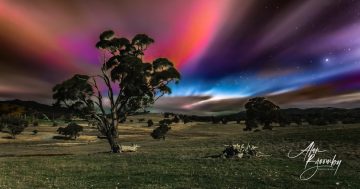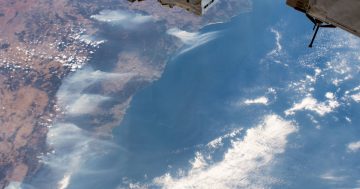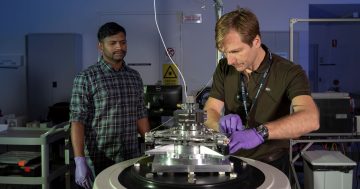The Register has a story about ANU’s Dr Brad Tucker and his plans to get the broken Kepler space telescope doing something useful:
Dr Tucker outlined the proposed new science mission to The Register, explaining that if NASA okays the project, a large chunk of Kepler’s future will be helping to unravel the mysteries of black holes and supernovae. Kepler’s well-equipped to do that job thanks to its extra-atmospheric location, and its large field of vision.
Rather than the narrow focus of an Earth-bound optical telescope, Dr Tucker explained, Kepler can examine large slabs of the sky, and repeat those observations on cycles as short as every ten minutes. It’s rather like watching paint dry: it might seem dull to look at a whole wall, but if you watch the wall long enough, you really will see the paint dry.
“One thing we’ve already learned is that black holes are much more active than we can see from Earth,” he said. Published observations show that from the ground, we only see large events, and only catch them over periods of years.
With Kepler, Dr Tucker said, it will be possible to see interactions between black holes and much smaller stars than we see from the ground.
“We’ll be able to see the moment that a black hole swallows a star, or ejects one. And we can see much smaller features that only last for a few hours – that’s something you just can’t see from the ground.”
